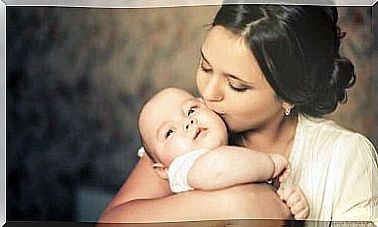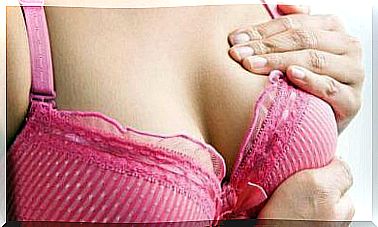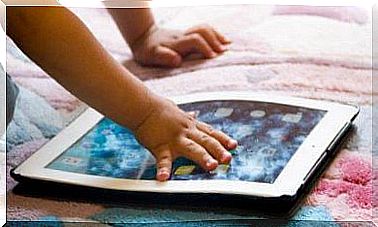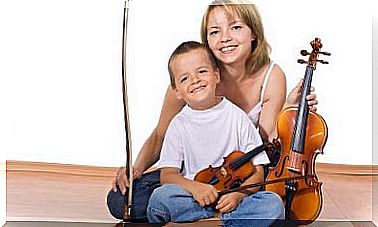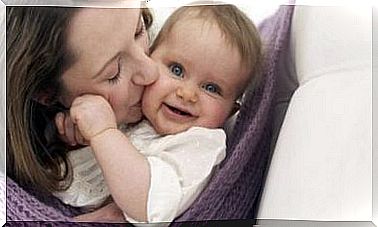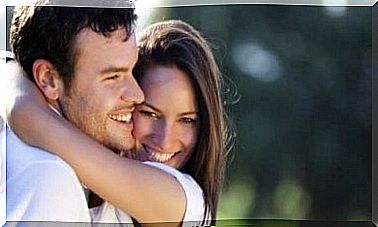Your Baby’s Motor Skills

When you become a mother for the first time, it is important that you have a clear understanding of how to judge your baby’s motor skills according to their age.
Usually these tests are done by a pediatrician during the baby’s monthly check-up. But sometimes they are made so quickly that we don’t even know they were made.
If we keep everything well documented at home, we can better prepare for the exam. We can ask specific questions about the development of our little one’s motor skills and provide valuable information to the doctor.
Knowing about the motor skills of our babies and their general development also gives us security. Knowing this, we can do simple tests at home.
If we discover that something is wrong, we may be able to solve the problem with certain exercises or massages. We are then also able to give the pediatrician this detailed information so that he can advise us.
In general, with a little practice, certain activities, or games, we can fix some problems ourselves. Sometimes stimulating the baby can also help solve a problem.
Here we give you guidelines to check your baby’s motor skills during the first 6 months of life:

Motor skills of newborns
- When newborns lie on their backs, their arms and legs are usually bent.
- You can make some involuntary movements with your legs and arms.
- You can turn your little head, but you don’t have the strength to lift it. When the head is raised, it falls on its side or backwards.
1 month
- You can bend your arms and legs when you lie on your back.
- If you lie on your stomach you can lift your head for a few moments. If you pick it up, the head can still go sideways or backwards.
- Your hands are closed most of the time. If you give them an object or a finger, the hand opens and then closes again. This movement is known as the pressure reflex.
- They can smile occasionally and are a little more interested in the things and sounds around them. You can turn your head.
2 months
- When the baby is awake, they constantly bend their legs and arms.
- You will find that it makes more movements every day.
- When babies lie on their stomachs, they try to lift their heads for a few moments.
3 months
- Holding your child can allow them to sit in a slightly tighter position.
- Children at this age can support themselves on their forearms if they lie face down for a few moments. They can also hold their heads upright for several minutes.
- They play with their hands and watch them all the time.
- When holding, they can place their feet on a surface with their knees bent.
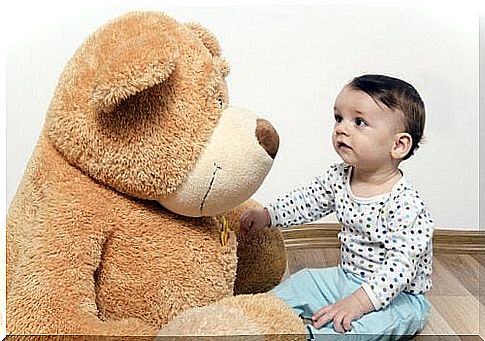
4 months
- They improve the movements they learned in the previous month. This allows them to lift their head longer and even part of their torso when they are face down.
- If you place them on a flat surface, they will carry their weight all along the sole of your foot.
- The baby is much stronger and you can take his little hands and help him walk.
5 months
- The baby can lift his upper body completely and remain so for a while when he is placed on his stomach.
- Now they can also rotate and change their position.
- They move their feet as if they were pedaling.
- They actively participate when they are helped to sit down.
- If you take them by the armpits and arms, they try to put their feet on the closest surface.
6 months
- The baby can support itself on its hands.
- They walk around looking for an object or toy.
- They play with their feet.
- If you hold them by the armpits, they’ll stand and even try to make small jumps.
- You can sit alone for a moment.
If you observe something that does not fit the above characteristics, it is advisable to contact the pediatrician and not wait for the next examination.


